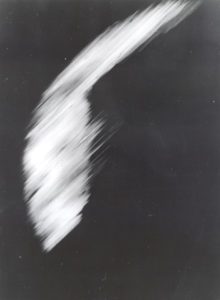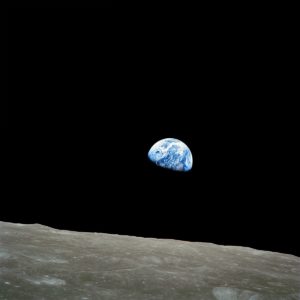Rosetta’s self-portrait at Mars. By European Space Agency, CC BY-SA 2.0, via Wikimedia CommonsSelfies. Definitely notorious in the digital world. Who hasn’t wrinkled up their nose in disgust at a friend’s shameless self-promotion or puckered up a duck face for the camera?
Or maybe selfies power your voyage of exploration for personal acceptance, understanding and confidence.
Universally reviled, or defended as an act of self-expression. A moment of attention-grabbing vanity or an opportunity for reflection—what exactly is the deal?
Selfie history
The earliest selfie was recorded in days when point-and-click was more like click-run-stand very still. Today, due to digital cameras in general and the omnipresent smartphone in particular, more than one million self-portraits are taken and uploaded to social media every day.
Selfie fails
Analysts suggest that selfie-taking is narcissistic, that men posting selfies display signs of psychopathy and that all it really shows is that we haven’t moved on from self-obsessed toddlerhood.
Described as a marker of the YOLO generation, selfies provoke outrage and despair. It’s catchy to point the finger at deaths from extreme-risk selfie-taking. Selfies also seem to indicate social and humanitarian obliviousness; one artist started a Yolocaust collection, collecting images taken at Holocaust memorials, then Photoshopping them to show how disrespectful and unaware the photographers seemed to their surroundings.
Selfies for good?
Okay, not an actual arm’s-length selfie … but there’s also a turtle (a giant one) involved!
However, selfies also get some positive press. Harnessing their self-promotion aspect for communication spreads awareness and exploration.
- The ice bucket challenge selfies boosted online donations to ALS research by 400% in just one month. This funded the discovery of a new gene associated with the disease.
- Vancouver photographer Vivienne McMaster uses the #beyourownbeloved hashtag to grow a community founded on selfies to explore and enhance body positivity.
- And science also uses the selfie to push against boundaries, both social and research. Who remembers #distractinglysexy? Female scientists took to social media to mock a senior scientist’s assertions that women were not a positive presence in the lab. And how about the highly personable shares between Philae, Rosetta and their “handlers” back on earth that captured the moment for space exploration?
Or maybe you use them as another way of archiving, forming a visual diary of events and happy memories—all at arm’s-length (or selfie stick, if you prefer).
Long-range selfie

At much longer range, further than the longest arm and the most extensive selfie stick, selfies inspire deep reflection.
The first images taken from space came from cameras aboard a 1946 U.S.-launched V2 rocket. They show the topography from around 105 km above the surface, five times higher than ever before.
The Explorer VI satellite launched in August 1959 took snapshots of our beautiful blue planet from 17,000 km above Mexico. This one captured cloud cover over a sunlit patch of the Central Pacific Ocean—a little fuzzy, but hey, that’s us!

The crew from Apollo 8 took the first human-powered selfies way back in 1968 as the spacecraft orbited the moon. The photos show the earth as a whole planet from around 30,000 km away, in all its blue and clouded wonder. The astronaut crew also captured the first earthrise over the lunar surface.
And then there’s the late Valentine’s gift: a selfie from 6,054,587,000 km away. Carl Sagan’s pale blue dot came from Voyager 1 as the space probe looked back one last time before heading off into the void of deep space.
So, what do we see from these (very) long-distance views of self? Do we see bad hombres or mounting terror, the need to build walls, perhaps? Or could we gain from their self-reflection? As Sagan himself suggested, the pale blue dot “selfie” highlights how much we need to care for our unique and fragile tiny globe in space.